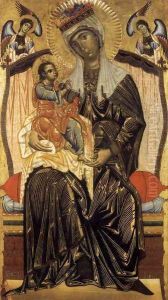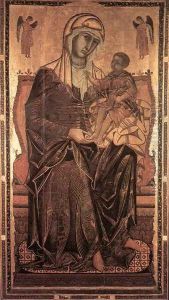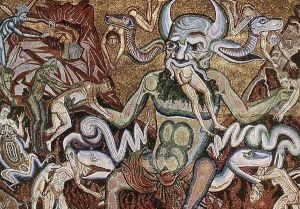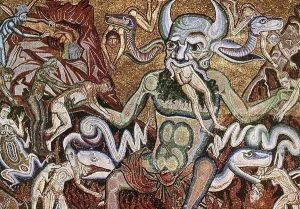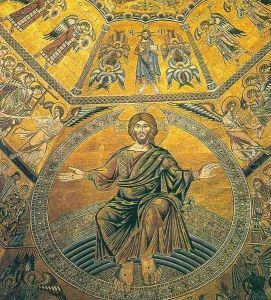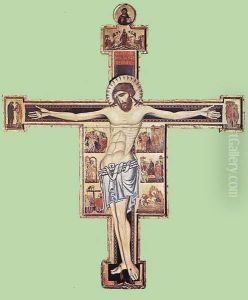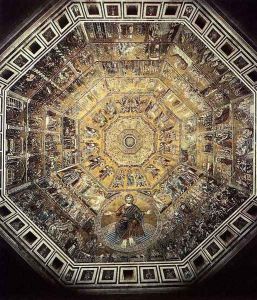Coppo Di Marcovaldo Paintings
Coppo di Marcovaldo was an Italian painter of the Byzantine tradition active in the mid-13th century, considered one of the pioneers in introducing and adapting Byzantine art forms to Western art during the Middle Ages. His exact birth and death dates are not precisely documented, but he is thought to have been born around 1225 and to have died around 1276. Coppo is often cited as one of the earliest and most significant representatives of the Florentine school of painting, which was beginning to emerge during his lifetime. His work is notable for its combination of the then-dominant Byzantine style with emerging Western elements, which would later characterize the Italian Gothic style.
Coppo's most famous surviving work is the 'Madonna del Bordone', a large enthroned Madonna and Child, which is now housed in the Museo Civico in San Gimignano, Italy. This piece, created around 1261, is particularly celebrated for its majesty and refinement, reflecting both his mastery of the Byzantine style and his incorporation of the more naturalistic approach that was beginning to emerge in Italian art. Another significant aspect of his work is the use of narrative detail, which would become a hallmark of later Western art.
Little is known about Coppo's life, including his training and early career. It is believed that he may have traveled to Constantinople, which was not uncommon for artists of his time, to study the Byzantine art that so deeply influenced his work. Coppo was reportedly taken prisoner at the Battle of Montaperti in 1260, during the conflict between Florence and Siena. According to legend, he was freed by the Sienese in exchange for painting a fresco of the Madonna. While this story is difficult to substantiate, it underscores the high regard in which his skills were held.
Coppo di Marcovaldo's influence is seen in the works of later Italian painters, who further developed the blend of Byzantine and Western styles that he pioneered. Despite the limited number of surviving works confidently attributed to him, Coppo's legacy in the development of Italian Gothic art is significant. His adaptation of Byzantine models to fit the emerging sensibilities of Western European art marks an important step in the transition from Medieval to Renaissance art in Italy.
